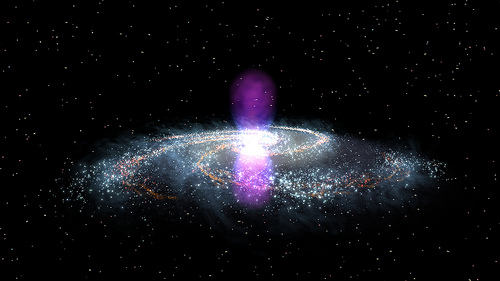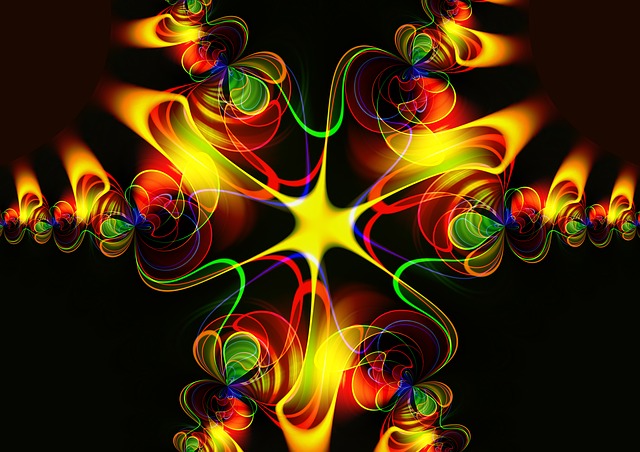Are Radio Sources and Gamma Ray Bursts Luminal Booms?
This post is the blog version of my article published in the International Journal of Modern Physics D (IJMP-D) in 2007, soon to become the Top Accessed Article of the journal by Jan 2008. Although it might seem like a hard core physics article, it is in fact an application of the philosophical insight permeating this blog and my book.

